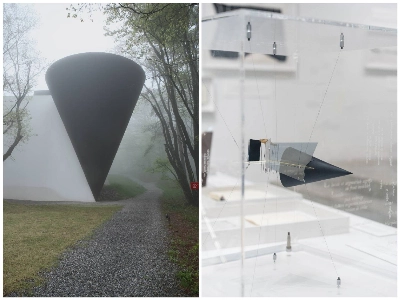The recent announcement that Emperor Akihito and Empress Michiko will be cremated when they die and that their mausoleums will be smaller than those of their predecessors in modern Japan reportedly reflects the Imperial couple's wish to minimize the impact of their funeral rites on people's lives. The government needs to follow up by considering plans for a state-run funeral that will be appropriate for the Emperor's position as "symbol of the State and the unity of the people" under the postwar Constitution, and take into consideration ordinary citizens' general sentiment about what funerals should be like.
When Emperor Hirohito, posthumously known as Emperor Showa, died in 1989, his funeral rites basically followed the rules set by a prewar law. The Imperial Household Agency had been considering the ways of burial for the current Emperor and Empress after the Imperial couple expressed their wishes to be cremated in April 2012.
The cremation of the Imperial couple will mark a break from the tradition of interment, which was used for about 350 years — from the early Edo Period until now. The ways of Imperial funerals had undergone changes before that. While emperors in ancient times were interred in giant mausoleums, Emperor Jito (645-703) became the first emperor to be cremated — presumably due to the influence of Buddhism. Emperors were either buried or cremated for centuries after that, but cremation was the norm from the mid-Muromachi Period until Emperor Gokomyo was interred in 1654.


















With your current subscription plan you can comment on stories. However, before writing your first comment, please create a display name in the Profile section of your subscriber account page.